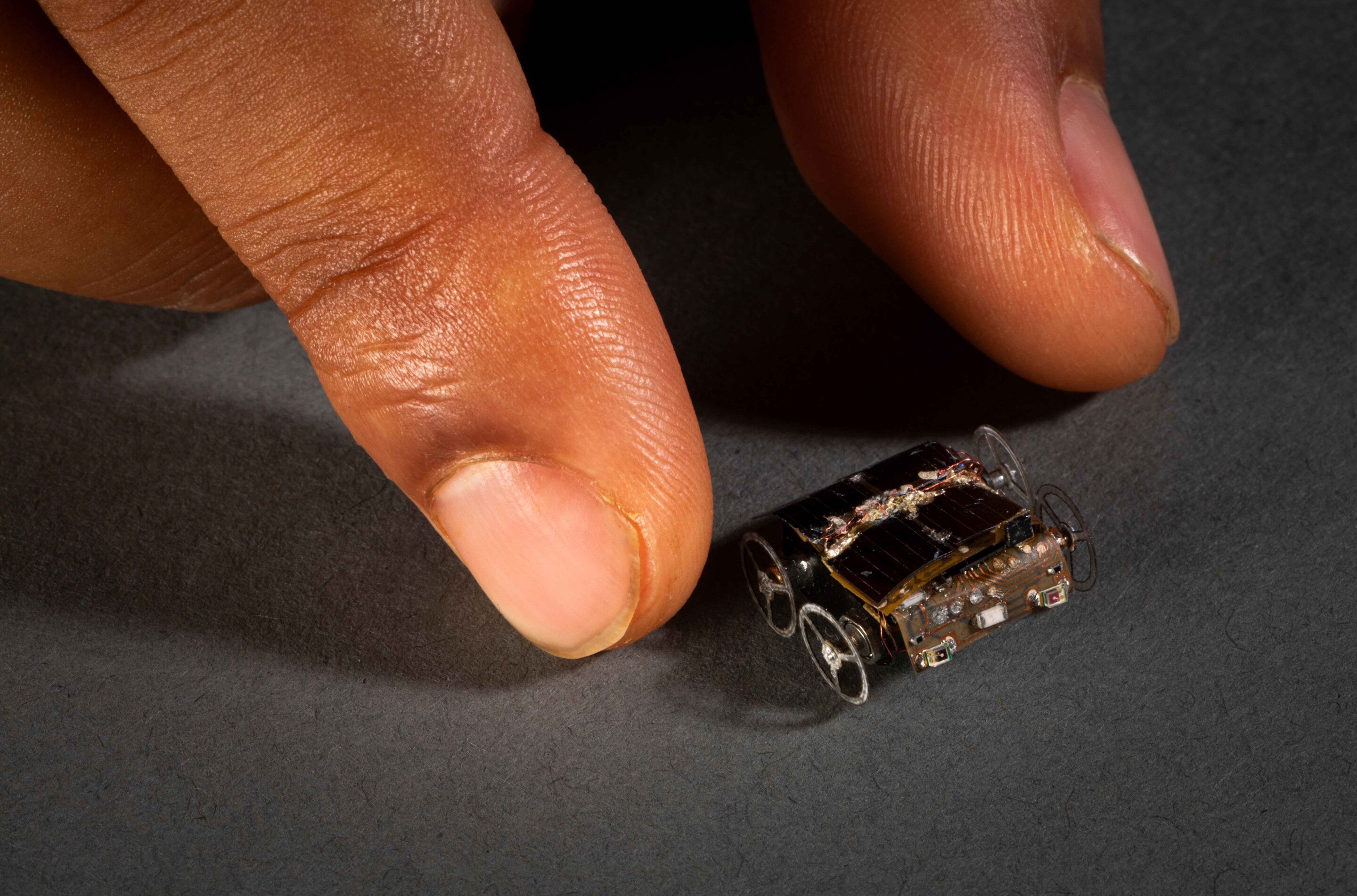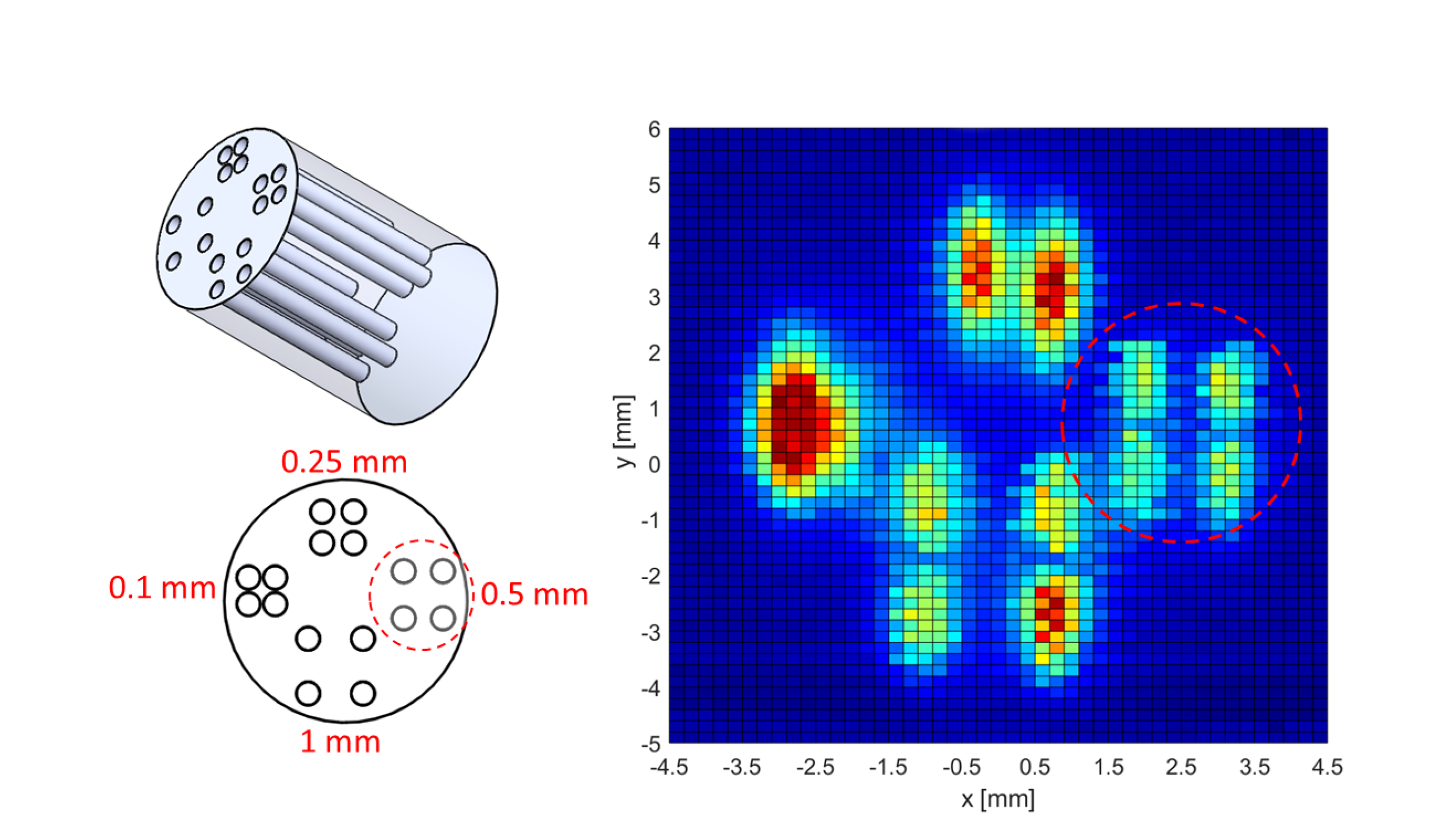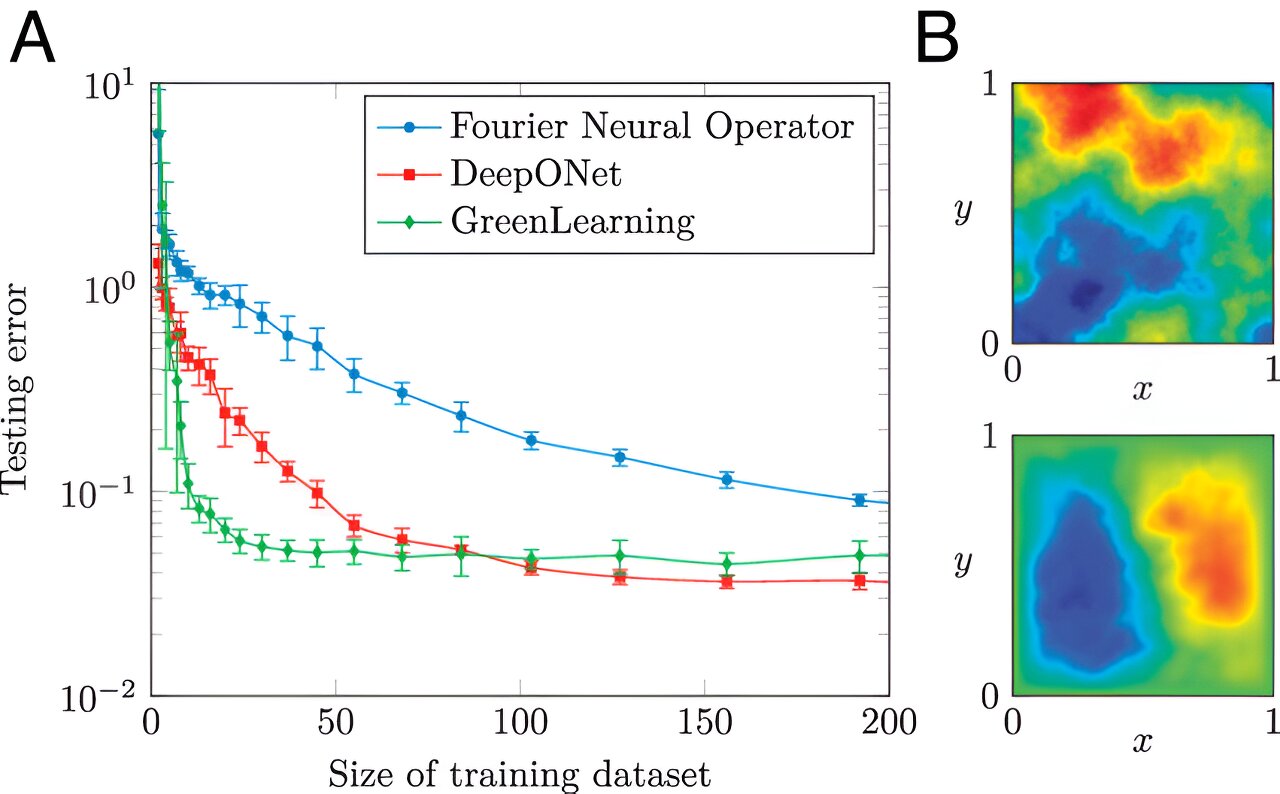
Small mobile robots carrying sensors could perform tasks like catching gas leaks or tracking warehouse inventory. But moving robots demands a lot of energy, and batteries, the typical power source, limit lifetime and raise environmental concerns. Researchers have explored various alternatives: affixing sensors to insects, keeping charging mats nearby, or powering the robots with lasers. Each has drawbacks: Insects roam, chargers limit range, and lasers can burn people’s eyes.
Researchers at the University of Washington ...
Read More








Recent Comments